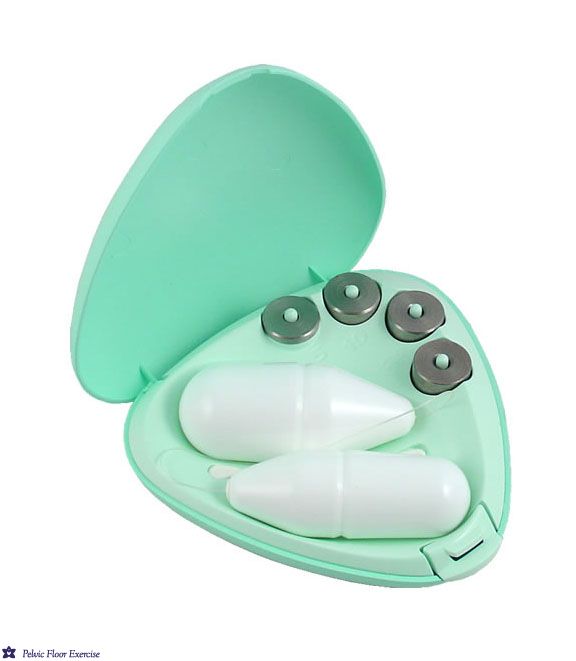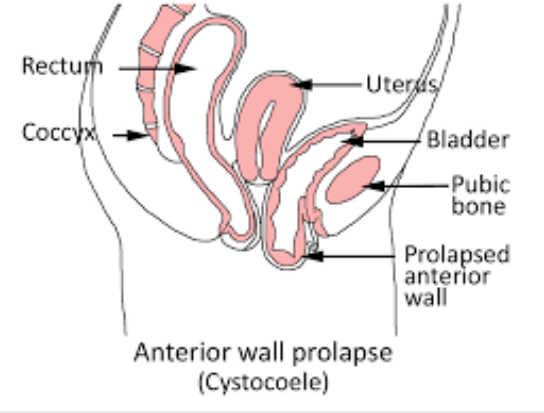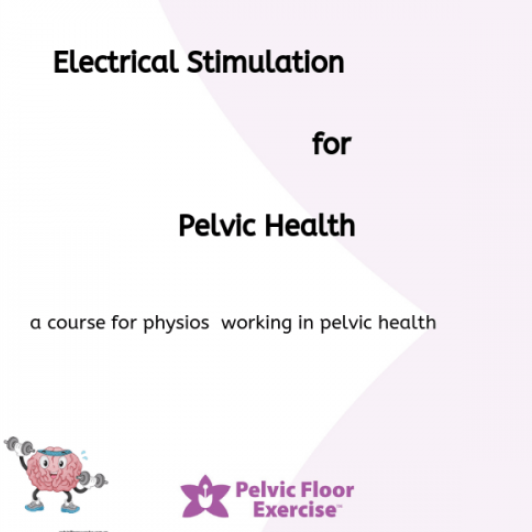Blog
-
22 NovRead more »

3 things you can do to stop leaking at the gym.
Do you leak when you exercise? Do you make an excuse not to attend if your gym session includes running, skipping or, even worse, double unders and box jumps?
This is called Stress Urinary Incontinence (SUI) and you are not alone, but there are solutions!
A recent study1 of over 4500 women found that 46% had stopped exercise they previously enjoyed due to their pelvic floor symptoms. Of these, 41% reported the reason to be SUI.
Many long term health issues can result from not exercising. For females in particular, due to hormonal fluctuations throughout life’s stages, lack of exercise can affect bone strength, muscle mass and c
-
13 DecRead more »
Aquaflex Pelvic Floor Exercise System has been a favourite easy- to -use set of pelvic floor or kegel weights for decades.
Sadly production was recently ceased without warning and I have been fielding many questions as to what do we use now?!There have always been many alternatives so let's look at what you might want to consider whether for yourself, or if you are a clinician, for your patients.
For a long time we have had a pelvic floor weight comparison chart on our website which you can view here.
I created this in response to the "which vaginal weights are best for me / my patient?" question. The answer to that is .....it depends.
There never has been just one brand that is best.
The choice of weight should sit squarely with the answer to "what is the width of the genital hiatus?"
The hiatal width is the -
11 MarRead more »
Tattoos and TENS. Yes or No?
Tattoos date back to Neolithic times and have great cultural significance however in recent times they have become popular worldwide with several estimates stating that 36% of adults under 40 and 10% of the wider western world population have at least one tattoo.
Tattooing is the depositing of ink pigment, via a needle into the epidermis and dermis of the skin which are the outer two layers. It penetrates about 0.6 to 2.2 mm deep. Only the ink deposited into the dermis is permanent. The epidermal layer sloughs off as it is replaced with new cells during healing.
A literature search revealed numerous articles on the dermatology consequences of tattoos, along with the possible toxicity of some pigments. Tattoo ink migration has even been shown to turn up in sentinel nodes, giving the appearance of metastatic melanoma.
Permanent tattoo inks are made up of pigments and additives derived from animals, plants and metals. At risk tattoos
-
11 Jul
-
9 AprRead more »
One of the favourite TV shows in our house is Mythbusters. There is always great excitement when a myth is “busted ” and the more spectacularly the better. Personally I could watch it just for the mustachioed guys – they are so cool!
Let’s look at some myths in the pelvic floor, incontinence, bladder and bowel world. I may not have a moustache but hopefully together we can bust some myths and help you get back in control of your bladder, bowel and pelvic health.
Today we are myth busting incontinence. We will start with incontinence and in future blogs we will look at bladder, bowel, erectile dysfunction, prolapse, pelvic floor, pelvic exercises and more …if you have a topic you’d like the plain facts on – let me know -
11 AugRead more »
Reading instructions can be boring and, sometimes, hard to understand or picture in your head.
Even more difficult when you are trying to learn how to use a device or product designed for intimate use - like those we sell on Pelvic Floor Exercise. Asking questions about these types of products isn't always easy and not necessarily something you may feel comfortable doing over coffee with a friend (although we hope one day these topics won't be so taboo). -
7 AprRead more »
Bladder prolapse, also known as a cystocele or an anterior vaginal wall prolapse, occurs when the bladder pushes into the front wall of the vagina and is the most common form of pelvic organ prolapse due to there being less muscular support at the front of the pelvic floor.
Many women develop mild prolapse (particularly after pregnancy) and are unaware that they have it, this is termed non-symptomatic and it may never bother you. Some women can have a mild prolapse and feel very symptomatic.
-
18 NovRead more »
Electrical Stimulation for Pelvic Health
This year I launched my inaugral course, teaching the application of E-stim (NMES) and TENS for pelvic health conditions to physiotherapists.
I knew there was a need for this course from all the emails and calls I receive asking questions on how to use these modalities, but it has been met with such an overwhelming response I have been truly humbled.
-
30 JulRead more »
Feedback from the Electrical Stimulation for Pelvic Health course with Fiona Rogers
Wondering if this is the course for you? Here is some of the feedback from the first courses.
Excellent course- exceeded my expectations. Really easy to understand and put into practice.
-
28 MarRead more »
Before reading on if you want to know what bladder urgency and frequency is, have a look at the page about urgency and frequency in our resource section. Bladder urgency happens because, for many reasons, your bladder contracts when it shouldn't. The only time it should contract is when you give it permission to when you are on the loo or squatting behind a bush.
Bladder urgency can rule your life but it doesn't need to. Here is how I explain it to my patients and a few strategies to help calm the bladder, once urgency has been diagnosed. However please ensure you have had a full medical check and been properly diagnosed prior to attempting any bladder training as there are some medical causes of frequency and urgency that need to be treated medically.









